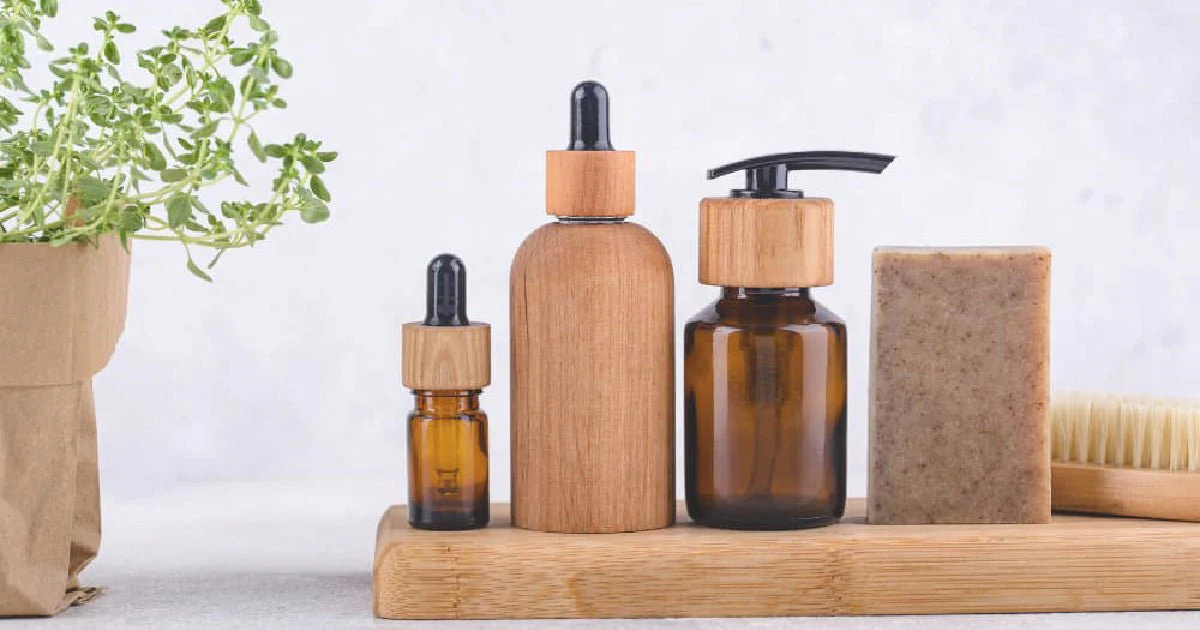How to Build a Sustainable Beauty Routine for Sensitive Skin
Sensitive skin can be challenging to manage, with its tendency to react to new products, environmental factors, and even stress. Building a sustainable beauty routine is crucial to ensuring your skin stays healthy and irritation-free. Sustainability doesn’t just refer to environmentally friendly practices—it also means creating a routine that you can consistently follow and that supports the long-term health of your skin.
This guide walks you through how to design a sensitive-skin-friendly beauty routine that’s sustainable for both you and the planet.
Understanding Sensitive Skin
Sensitive skin is characterized by a heightened reaction to products, weather, and other external triggers. Common signs include redness, itching, dryness, stinging, or a burning sensation. People with sensitive skin must be cautious about the products they use, as harsh chemicals and fragrances can exacerbate these issues.
Key Factors That Aggravate Sensitive Skin
- Harsh cleansers or soaps
- Fragranced skincare products
- Alcohol-based formulations
- UV exposure without protection
- Stress and poor sleep
Knowing your triggers is the first step to creating a routine that minimizes irritation.
Steps to Build a Sustainable Beauty Routine
1. Simplify Your Routine
Sensitive skin thrives on simplicity. A multi-step skincare routine with too many products increases the risk of irritation. Stick to the basics:
- Cleanser
- Moisturizer
- Sunscreen (daytime)
Adding additional products like serums or treatments should be done cautiously and one at a time.
2. Choose Gentle, Non-Irritating Products
Look for products labeled as hypoallergenic, fragrance-free, and non-comedogenic. Here’s what to avoid and embrace:
- Avoid:
- Artificial fragrances and dyes
- Alcohol-based products
- Harsh exfoliants (like walnut scrubs)
- Embrace:
- Ingredients like ceramides, hyaluronic acid, and aloe vera
- Gentle cleansers (like micellar water or cream cleansers)
- Products with a short ingredient list
3. Patch Test New Products
Always patch-test a new product before applying it to your face. Apply a small amount on the inside of your wrist or behind your ear and wait 24-48 hours to check for adverse reactions.
4. Prioritize Hydration
Sensitive skin often leans towards dryness, so hydration is crucial. Use a moisturizer rich in soothing ingredients like:
- Shea Butter: Locks in moisture.
- Hyaluronic Acid: Retains water in the skin.
- Colloidal Oatmeal: Reduces redness and irritation.
Apply moisturizer on damp skin to seal in hydration more effectively.
5. Use Mineral-Based Sunscreen
Sun exposure can worsen sensitivity and cause redness or inflammation. Opt for mineral-based sunscreens with active ingredients like zinc oxide or titanium dioxide. These are less likely to irritate sensitive skin compared to chemical sunscreens.
6. Be Gentle with Cleansing
Over-cleansing strips the skin of natural oils, leading to irritation. Choose a sulfate-free, pH-balanced cleanser and cleanse only twice a day—morning and night. Avoid hot water, as it can exacerbate dryness and redness.
7. Incorporate One New Product at a Time
When introducing new products, wait at least two weeks before adding another. This allows you to monitor how your skin reacts and identify potential irritants.
8. Embrace Eco-Friendly Beauty Practices
Building a sustainable routine is not just about the products you use but also how they impact the environment. Here’s how to make eco-friendly choices:
- Choose Refillable Products: Brands like Kjaer Weis and Fenty Skin offer refillable options to reduce waste.
- Go for Recyclable Packaging: Look for brands with recyclable or compostable packaging.
- Support Clean Beauty Brands: Opt for brands with transparent sourcing and cruelty-free certifications.
9. Manage Stress
Sensitive skin can react to stress, causing flare-ups. Incorporate stress-reducing practices like meditation, exercise, or journaling into your daily routine.
Sample Routine for Sensitive Skin
Morning Routine
- Cleanser: Use a gentle, hydrating cleanser to remove overnight impurities.
- Moisturizer: Apply a lightweight, soothing moisturizer with ingredients like ceramides or aloe vera.
- Sunscreen: Use a mineral sunscreen with SPF 30 or higher.
Evening Routine
- Cleanser: Use a gentle cleanser to remove makeup and daily grime.
- Serum (optional): A soothing serum with niacinamide can help calm redness and inflammation.
- Moisturizer: Apply a rich, hydrating moisturizer to replenish your skin overnight.
Ingredients to Look For
Sensitive skin thrives on calming and restorative ingredients. Some beneficial options include:
- Niacinamide: Reduces inflammation and strengthens the skin barrier.
- Centella Asiatica (Cica): Soothes irritation and redness.
- Panthenol (Vitamin B5): Promotes hydration and skin healing.
- Calendula: Known for its anti-inflammatory properties.
Mistakes to Avoid
- Over-Exfoliating: Limit exfoliation to once a week using a gentle exfoliant, such as a lactic acid-based product.
- Skipping Sunscreen: UV rays are a major irritant for sensitive skin.
- Ignoring Your Diet: A diet high in processed foods can exacerbate inflammation and skin sensitivity.
Sustainability in Action
For a truly sustainable routine, consider the following:
- DIY Options: Create simple masks using ingredients like honey and oatmeal.
- Buy Local: Support local brands to reduce your carbon footprint.
- Use Less: Only buy what you need and finish products before purchasing new ones.
Conclusion
Building a sustainable beauty routine for sensitive skin takes time, patience, and mindful choices. By prioritizing gentle, effective products and incorporating eco-friendly practices, you can create a routine that keeps your skin healthy while contributing to a greener planet. Start with the basics, listen to your skin, and make adjustments as needed—your skin will thank you for it!


